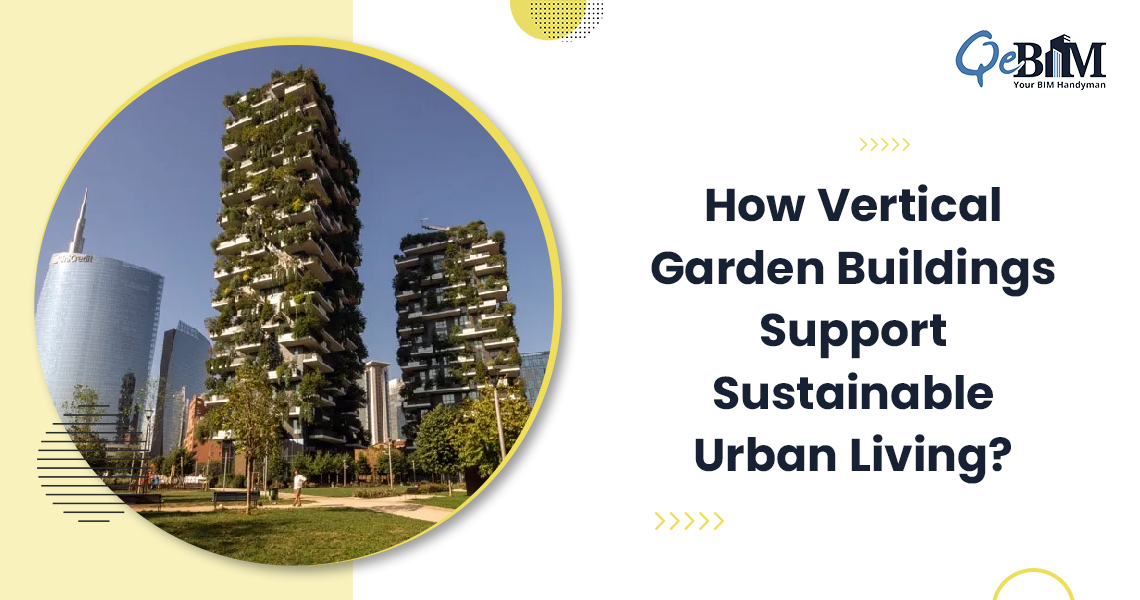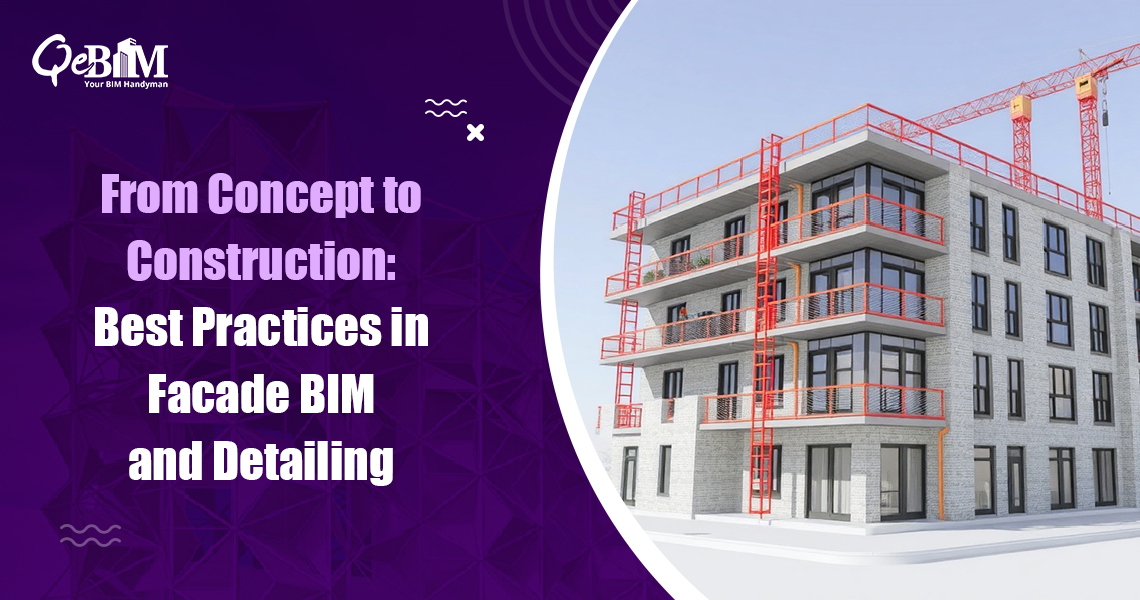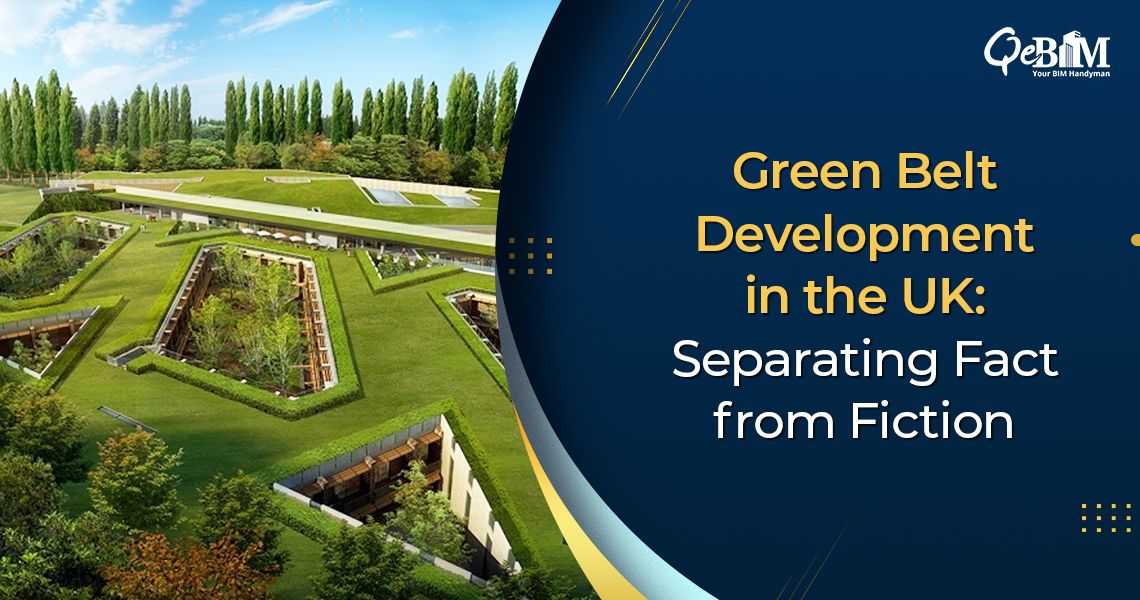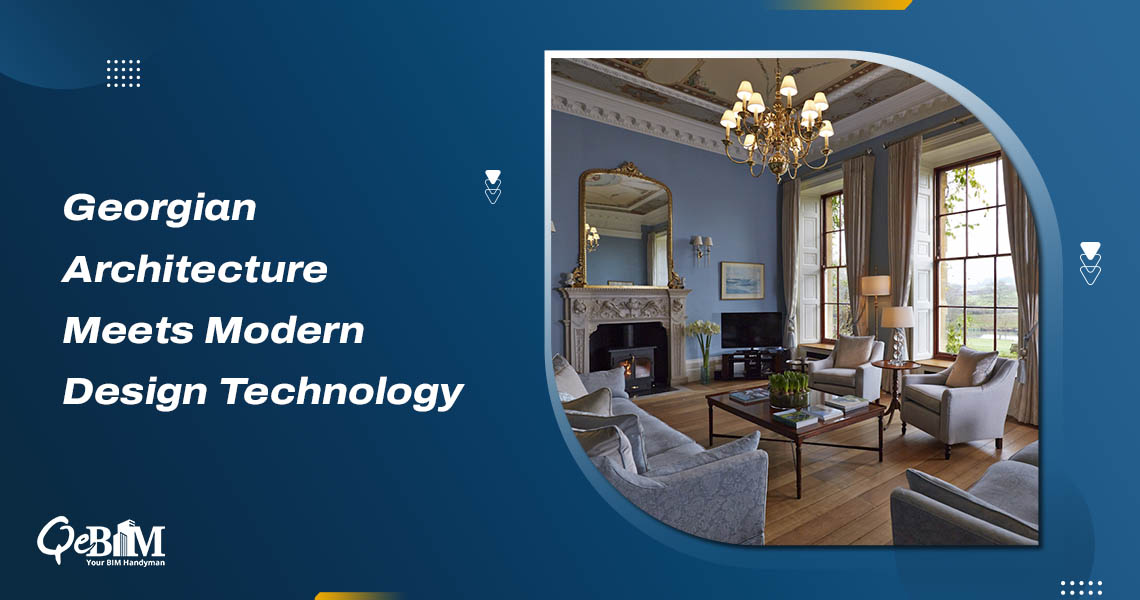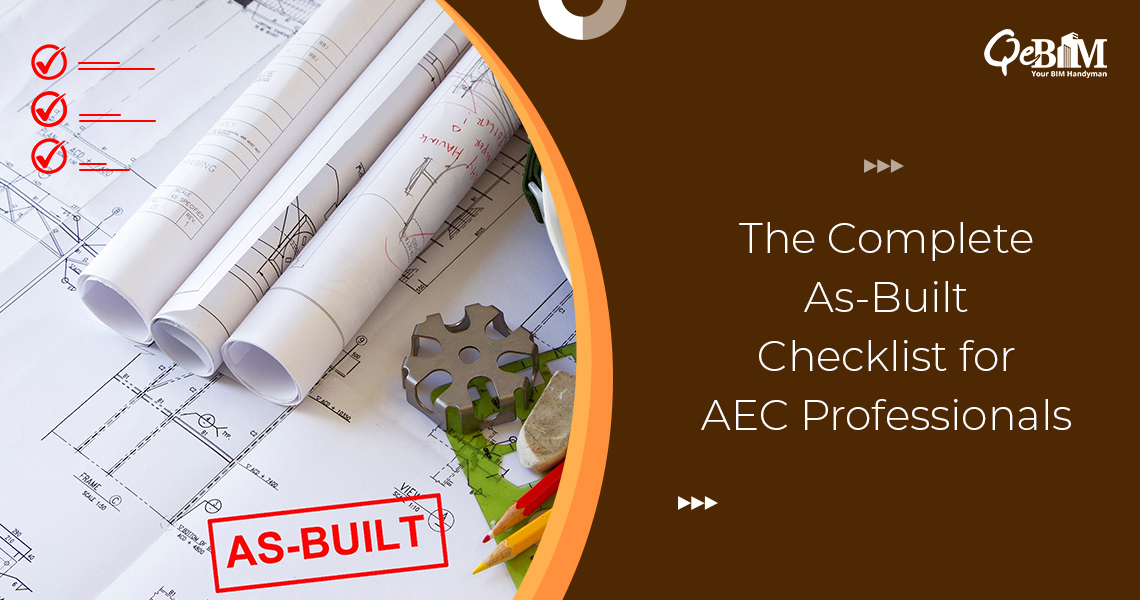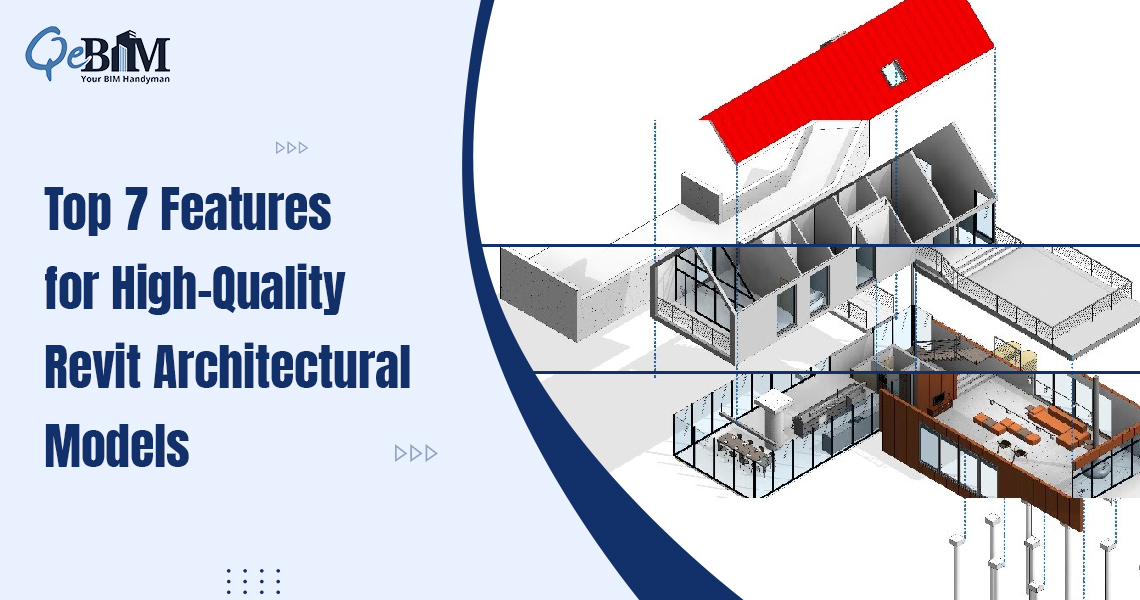In a world where concrete jungles continue to expand and green spaces shrink; a refreshing trend is taking root—vertical garden buildings. These living walls also known as green walls or vertical gardens are redefining the urban landscapes and offering a breath of fresh air—literally and figuratively.
But vertical garden buildings are more than just a visual delight. They embody an intelligent and sustainable approach to eco-friendly living and mindful urban growth. Let’s explore how these green walls are transforming the future.
What Is a Vertical Garden Building?
A vertical garden building integrates the living plants into its structure either on the façades or within the interior walls. These installations uses the hydroponic systems or soil-based panels to grow plants vertically, covering the large surfaces of the buildings in lush greenery. From modest office walls to the towering skyscrapers, the vertical gardens are sprouting across cities around the world.
Benefits That Go Beyond Aesthetics
1. Improved Air Quality
Plants act as the natural air filters, removing the pollutants and releasing the oxygen. In dense cities where the air pollution is a major concern, the vertical gardens can help to purify the surrounding environment thereby improving the overall health of the inhabitants.
2. Energy Efficiency
Green walls naturally insulate buildings, decreasing energy consumption for both cooling in summer and heating in winter. This lowers the energy consumption and reduces the greenhouse gas emissions that are the two major contributors to the climatic change.
3. Urban Heat Island Effect Reduction
By covering the surfaces that would otherwise absorb and radiate heat, the vertical gardens helps to lower the urban temperatures hence making cities more livable.
4. Noise Reduction
The layers of vegetation and growing medium absorbs sound hence offering the acoustic insulation in noisy urban areas.
5. Enhanced Biodiversity
Vertical gardens creates the mini-habitats for the birds, insects as well as pollinators fostering the biodiversity even in dense urban cores.
6. Psychological Well-being
Studies show that the exposure to the greenery boosts the mental health. Vertical gardens brings the calming presence of the nature into our daily lives whether in the office spaces or in the residential buildings.
Global Vertical Garden Designs Showcase
Bosco Verticale, Milan, Italy
Arguably the most renowned case, Bosco Verticale (Vertical Forest) comprises two residential towers draped in over 900 trees and 20,000 plants. This award-winning project exemplifies how the modern architecture can harmonize with the nature.
One Central Park, Sydney, Australia
This stunning mixed-use building features a 50-meter-high vertical garden designed by the botanist Patrick Blanc. The integration of greenery and the smart lighting has made it a global benchmark for the sustainable architecture.
Musée du Quai Branly, Paris, France
Another creation by the Patrick Blanc, this museum boasts a lush green façades that brings life and color to the urban setting thereby attracting the tourists and environmentalists alike.
Oasia Hotel Downtown, Singapore
An architectural marvel, this high-rise is clad in a mix of red aluminium mesh and lush greenery serving as a vertical ecosystem that cools the building naturally.
These projects not only inspire awe but also serve as the case studies in the sustainable urban design. To bring such concepts to life effectively, BIM Services play a critical role in visualizing, planning and executing complex vertical garden integrations.
BIM: Empowering Sustainable Green Walls
From concept to construction and lifecycle management, BIM enables the architects, engineers and stakeholders to collaborate more efficiently. Particularly, 4D to 7D BIM Services adds the significant value:
- 4D BIM: Adds the time dimension allowing the simulation of building progression stages.
- 5D BIM: Integrates cost estimation thereby ensuring the budget control.
- 6D BIM: Addresses the sustainability analysis and energy performance.
- 7D BIM: Enables the facility management and maintenance planning that is crucial for the living walls.
Utilizing these dimensions of BIM ensures that the vertical gardens are not only beautiful but also functionally viable, cost-effective and easy to maintain over the time.
Challenges and Considerations
Though they have many benefits, the vertical gardens come with the considerations:
- Cost: Installations and maintenances can be costly.
- Irrigation & Drainage: Proper water management systems are crucial.
- Plant Selection: Choosing plants suited to the local climate ensures the longevity and the minimal maintenance.
However, with the innovations in modular systems and integrated BIM workflows, many of these challenges are being resolved with the smart, scalable solutions.
A Greener Future on the Rise
Vertical garden buildings are more than a passing trend—they’re a proactive step towards the sustainable urban living. As more cities grapple with the climate change, pollution and the space constraints, growing vertically may be one of the most efficient and beautiful solutions available.
At QeBIM, we believe in modelling spaces that are not just functional but also deeply inspire the sustainable living. Our expertise in BIM Services, including 4D to 7D BIM, enables us to support the architects and developers in building the green cities of tomorrow.
